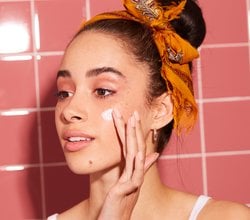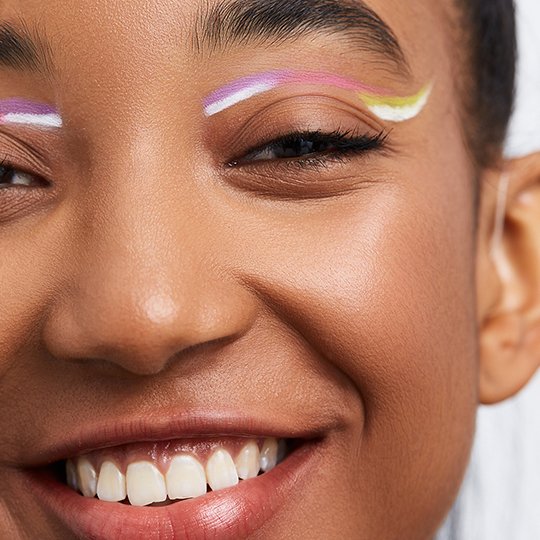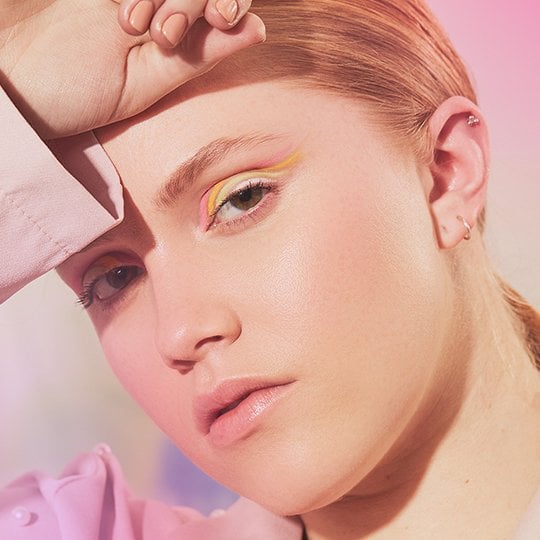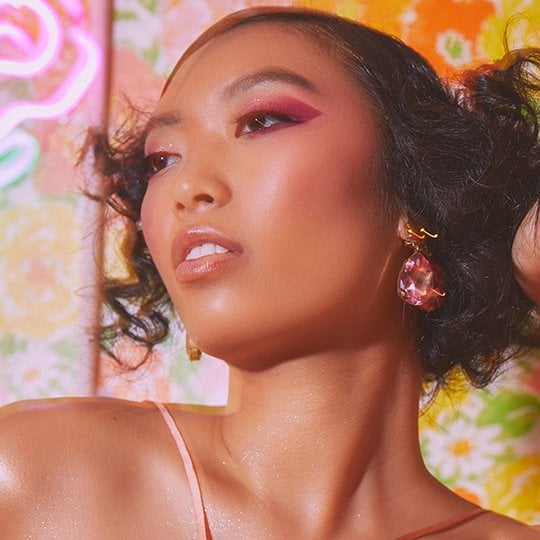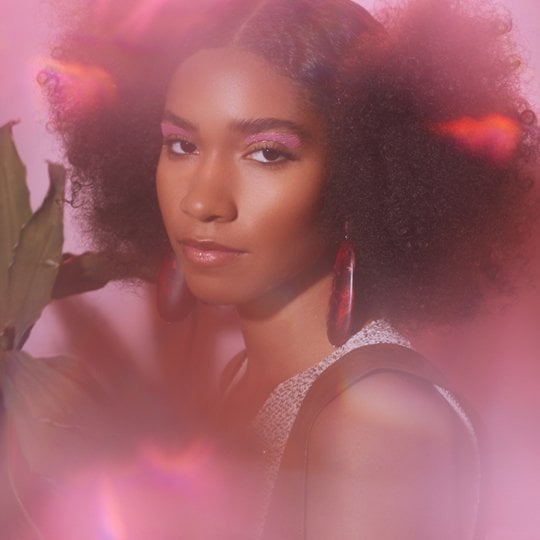The Surprising History of Face Powder
June 27, 2018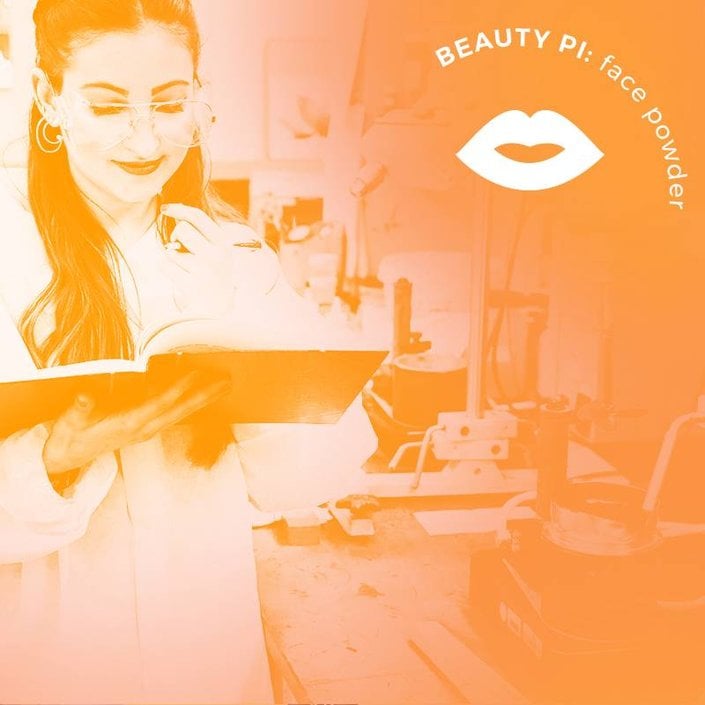
It was around this time that white powder actually became more common and “working class women [began] to apply flour as white powder to the face,” reports Classic Beauty. White powdered makeup also became notably theatrical — as Shakespeare’s Globe Theater actors slapped on ceruse (white lead and vinegar) prior to each performance. During this era, ceruse powders were the makeup go-tos, no matter how much they irritated the skin. Soon enough however, our beauty guru ancestors realized that they had been making a big mistake: “This poisonous product killed many society women and ruined the complexion of others.”
The Death (and Resurrection) of Powder
It was from there that the use of these dangerous products only got worse. By 1760, smallpox had plagued England far and wide. “The smallpox epidemic and the usage of ceruse for whitening the skin left many with permanently scarred and pitted complexion,” Classic Beauty reports. Clearly, it was time to search for other methods and ingredients for powdering — but this wasn’t the only makeup change on the horizon. About 60 years later, an anonymously published book, The Art of Beauty, declared a new theory about makeup that hadn’t been heard before: Cosmetic products should be used to enhance one’s natural beauty instead of hiding flaws. While this modern approach to wearing makeup served as a catalyst to women using products like powder a bit more liberally, it was still used heavily during the Victorian and Edwardian age, complete with rouge to give some more color to the face than in prior decades.
What did end up changing by the early 20th century was the role of face powder in a skin care regimen. Makeup powders were used to mattify and reduce shine on the face. “Perspiration and oily secretions could also be rectified with powder, making it useful in places where summers were warm and women were more likely to ‘glow,’” Cosmetics and Skin reports. It was this service of absorption that made powders unlike any other makeup product. No longer were these finely milled grains used to hide elements of the skin, they were used to soak up excess oil and sebum — finally, it was recognized for a practical purpose.
Special (and Finally, Colored) Powders
It wasn’t until the 1920s and 30s that colored powders became popular with brands and in advertisements. “The most common shades [were] White, Natural, Flesh and Rachel/Brunette but some companies had a dozen or so shades in their powder range at any one time,” notes Cosmetics and Skin. Colored powders changed the makeup game because they kissed paleness goodbye for good — allowing for beauty gurus to *finally* embrace their natural tones.
The revolution of banana powder came to be in the 1960s thanks to Ben Nye, a Hollywood makeup artist renowned for his special fx cosmetics. “The powder got its name because it has a slight yellow tinge, which helps to illuminate the skin and offset redness, however it works on many different skin tones because it is fairly translucent when applied,” the Huffington Post reports. Other modern special powders like powder-to-cream products are K-beauty dark horses because they’re able to transform from finely-milled particles to long-lasting stains right before your eyes. The benefit of these is simple: They don’t dry out in their tubes like their liquid counterparts would.
The Power of Powder Today
Powder finally became a setting staple in the 1980s and 90s, and powder today is certainly a must-have in pretty much every beauty junkie’s stash. Even if you don’t consider yourself a maximalist when it comes to makeup, you probably own a powder — whether pressed or loose. Powders are finally known as a product that allows you to set your makeup as opposed to concealing whatever “flaws” lie beneath it. The author of The Art of Beauty was certainly onto something — and we’re so glad to have traded powdery complexions for it.
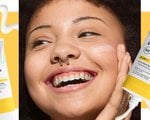
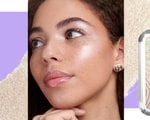

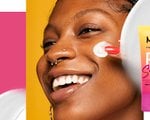

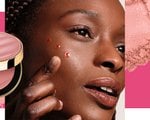
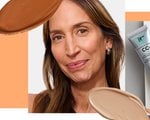
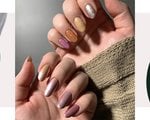
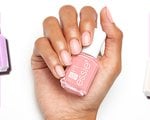
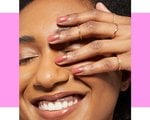
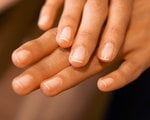
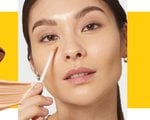
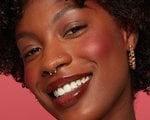




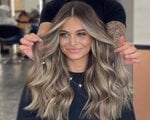
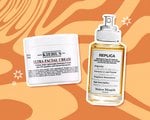
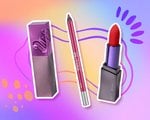
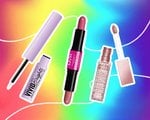
.jpg?cx=0.5&cy=0.5&cw=150&ch=120&blr=False&hash=27326E4FE66B0A2BFABAF4995DA29DC5)

